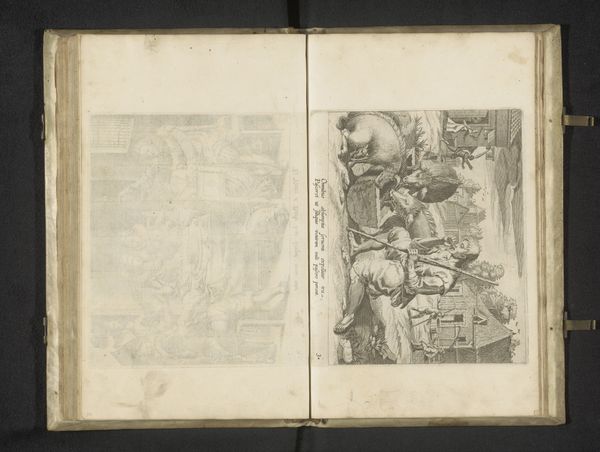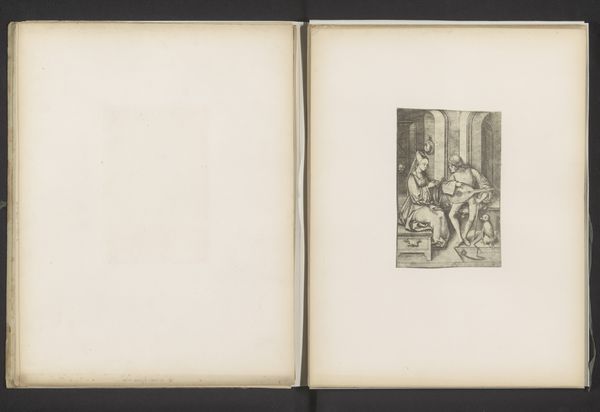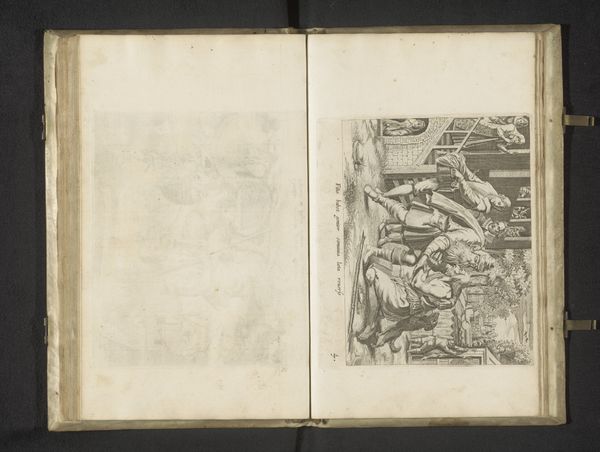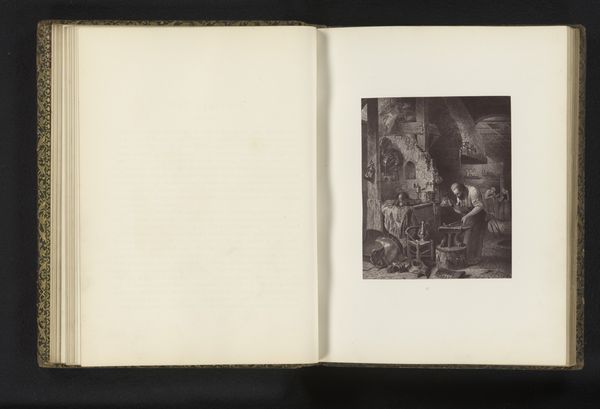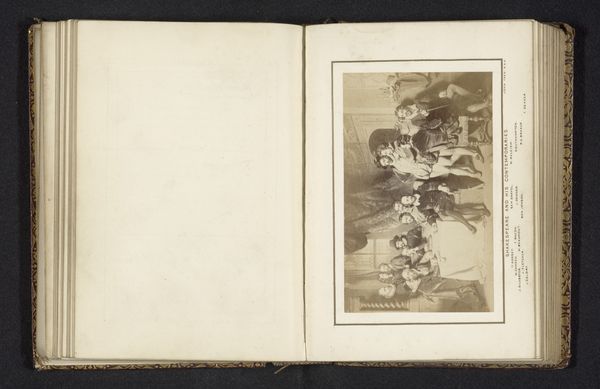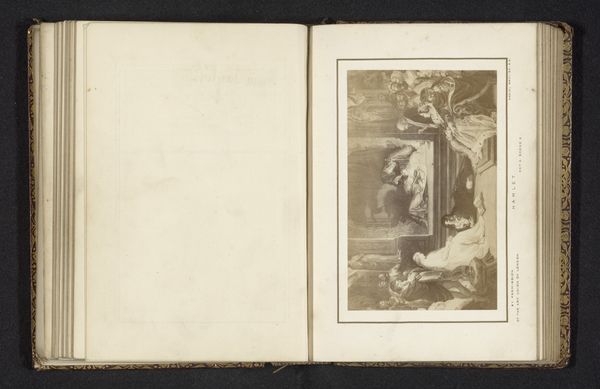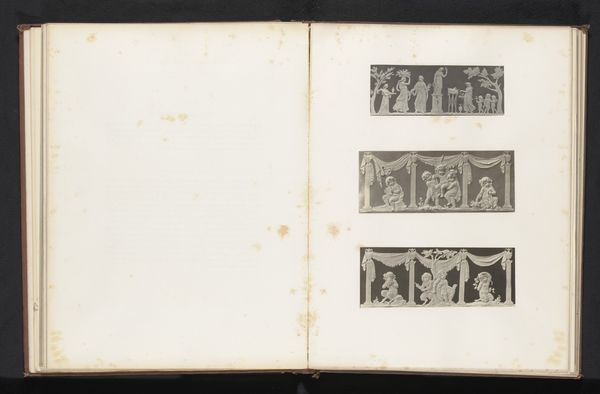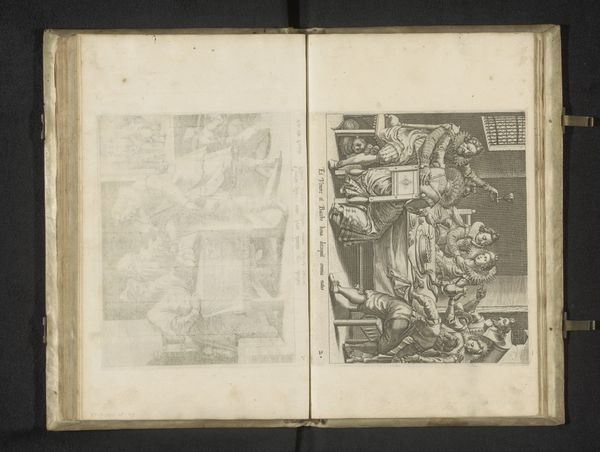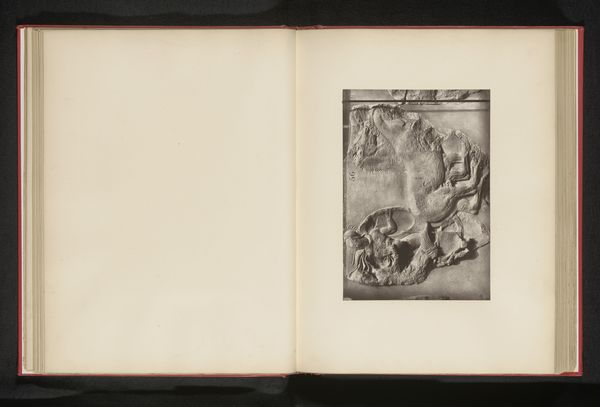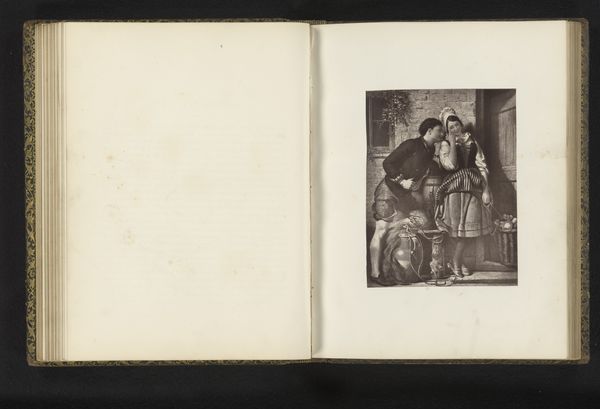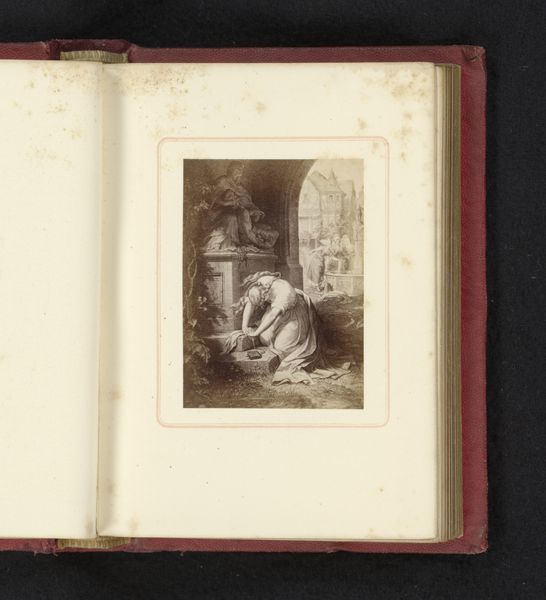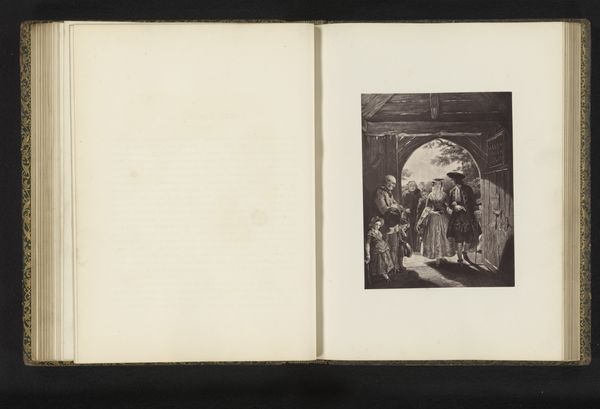
drawing, paper, ink, engraving
#
drawing
#
narrative-art
#
baroque
#
paper
#
ink
#
history-painting
#
engraving
Dimensions: height 165 mm, width 200 mm, height 298 mm, width 182 mm
Copyright: Rijks Museum: Open Domain
Curator: This engraving by Salomon Savery, titled "The Prodigal Son Receiving His Inheritance," made between 1648 and 1706, depicts a well-known biblical scene. It’s currently held at the Rijksmuseum. What are your initial thoughts? Editor: Stark. The contrasting shades create a dramatic tension. Notice the engraver's emphasis on line work, almost like an etching. And it looks like it’s within the pages of a book, further contextualizing the narrative, wouldn't you agree? Curator: Indeed. That inherent tension serves the prodigal son narrative beautifully. The young man receives his inheritance— a moment brimming with promise and potential freedom, but one that ultimately precipitates downfall. What symbols catch your eye? Editor: Definitely the money. It sits centrally within the composition and almost seems to cascade toward the figures, directing your focus. Savery structures the narrative meticulously through compositional organization. Curator: For me, it’s the old man’s posture that conveys volumes. He seems reluctant, weary, perhaps already anticipating the folly of the younger man. The passing of inheritance is so much more than material— it is symbolic, familial. Generational expectations weigh heavy, as represented through the old man's pose. The artist understood that burden. Editor: And look how cleverly Savery uses light. The brightest illumination falls upon the son as he towers above, highlighting his pivotal role within this impending tale. The stark chiaroscuro amplifies the moral dimensions embedded within. It also heightens the overall drama! Curator: Baroque art, particularly engravings like this, were crucial for disseminating morality tales and shaping cultural consciousness. "The Prodigal Son" is universally relatable. We recognize the lure of temptation and reckless choices through inherited imagery and Savery’s deft hand. It prompts reflections on responsibility, consequence, and forgiveness. Editor: Agreed. By understanding formal qualities and considering underlying symbolism, our reading becomes substantially enriched. I must admit that initially this image appeared quite simple; on closer inspection, I find the artistic construction almost overwhelming. Curator: Exactly! Each carefully etched line resonates, doesn’t it? There's immense meaning within seemingly straightforward forms. I come back to this work and see the echoes of shared stories and struggles playing out across generations.
Comments
No comments
Be the first to comment and join the conversation on the ultimate creative platform.
